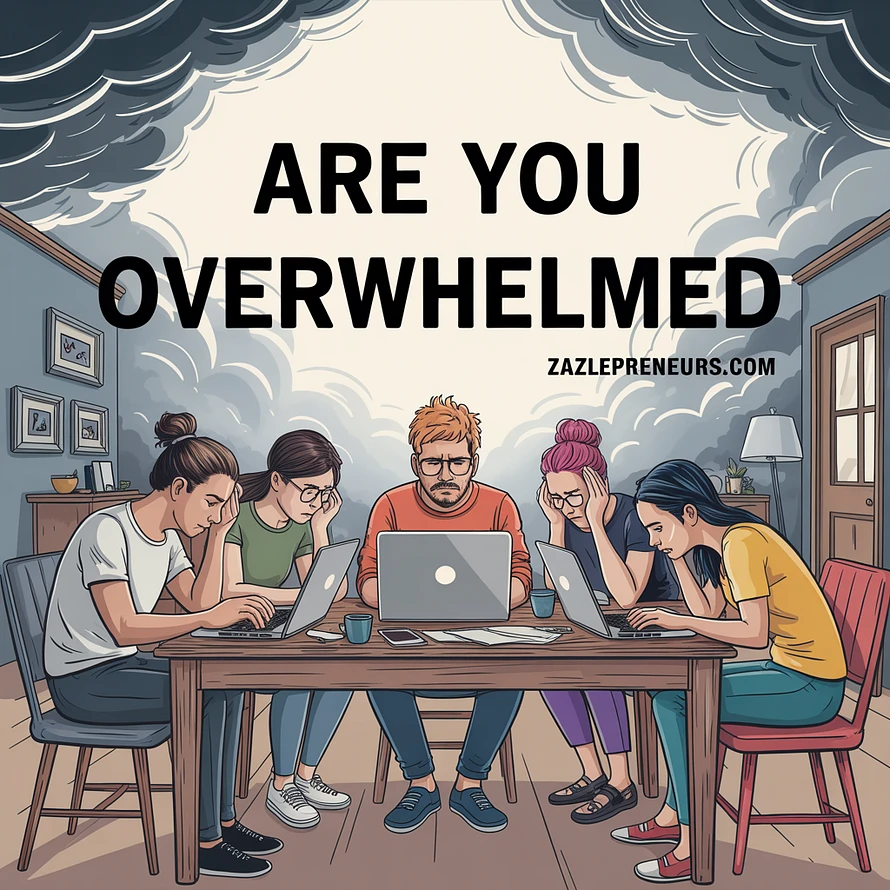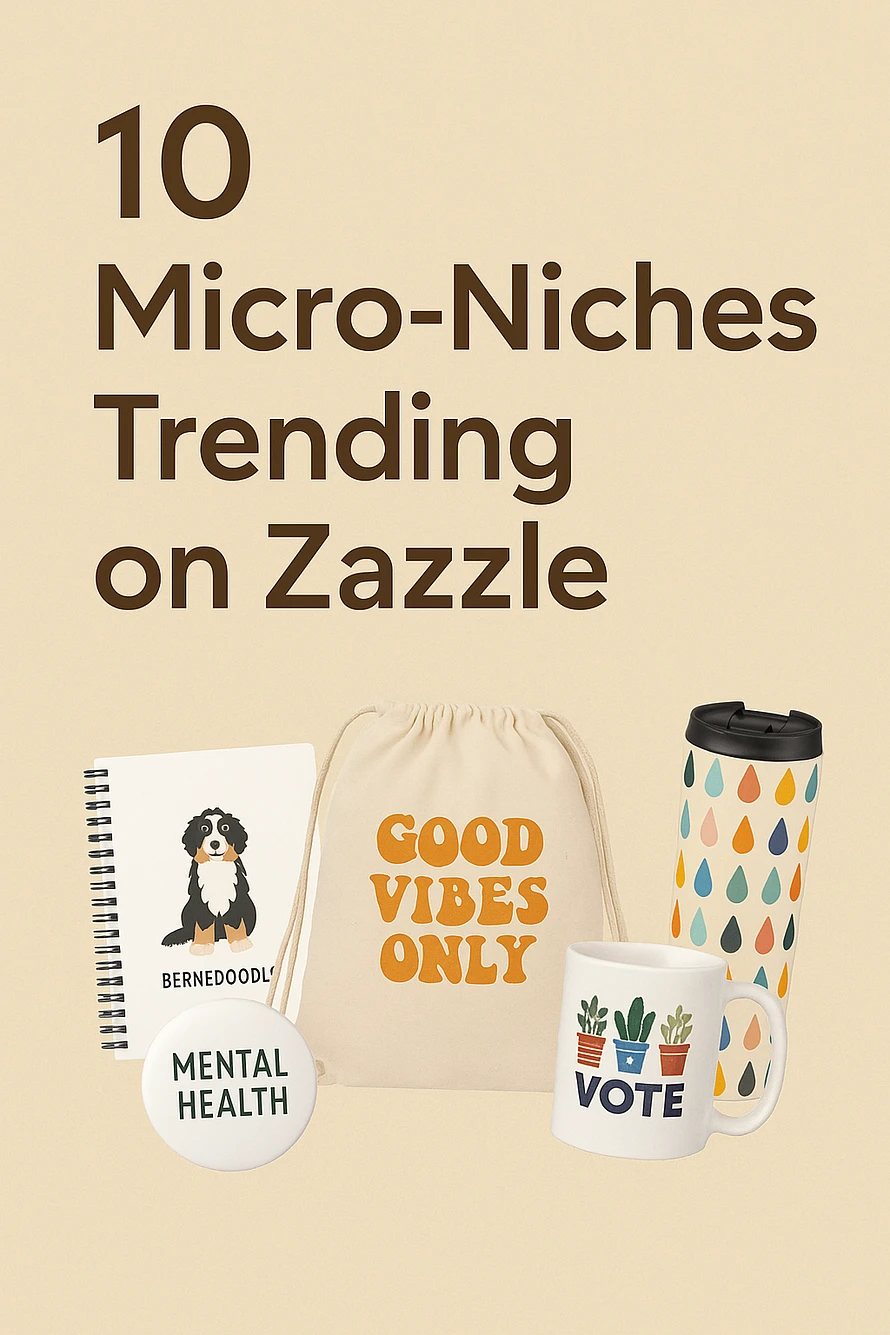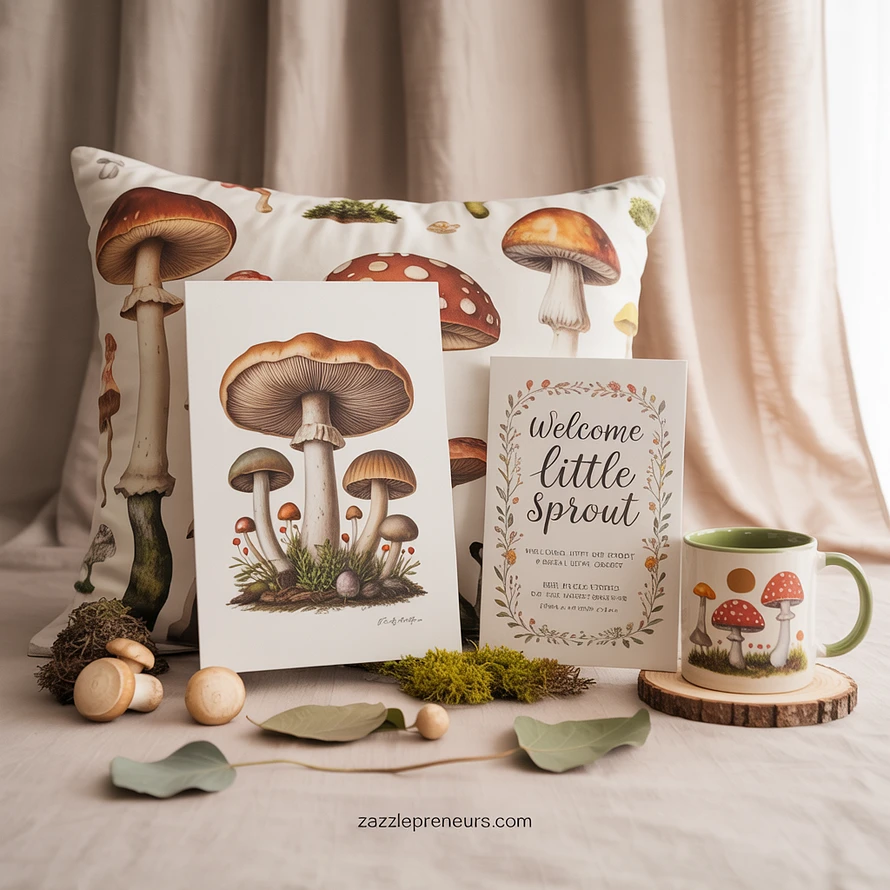Is Zazzle still worth it? Creators are conflicted
Zazzle Creators Vent Frustrations: Royalty Changes, Glitches, and Fading Sales
Fellow Zazzle designers, if you’ve been feeling the strain of late, you’re not alone. A recent thread in the Zazzle community forum has become a raw outpouring of frustrations from long-time sellers, touching on everything from plummeting royalties and technical glitches to the relentless competition in the print-on-demand world.
Titled “general frustration thread,” it’s a space where creators are sharing their breaking points after years of dedication. This summary captures the core sentiments—without sugarcoating—and highlights what might help turn things around.
Long-Time Sellers Hitting a Wall
The discussion starts with a veteran creator who’s been on Zazzle for 18 years, achieving Pro Silver status but now on the brink of leaving. They describe a sharp decline: no non-3rd party sales since the recent royalty and affiliate changes, and earnings that barely hit $100 a month—down from hundreds regularly and over $1,000 during holidays.
Despite regular new listings, optimizing viewed-but-unsold products, and deleting non-performers older than two years (as they recall being instructed), sales remain elusive.
A key gripe? Wondering if refusing to set royalties at 10% (to avoid “pennies” on high-profit items) is causing shops and designs to be hidden from the marketplace.
Echoing this, others report sales grinding to a halt—some for the first time in years. One seller noted a full month without sales after consistent activity since 2018, only to see a couple trickle in shortly after venting. Another highlighted receiving less than half the expected royalty on a digital download batch (20 paper announcements for $48 netting just $2.15 at 10% royalty), questioning if caps or glitches are at play.
The overarching feeling is exhaustion from “jumping through hoops” without results, with calls for Zazzle to make staying worthwhile.
Debate Over Deleting Old Products: Fresh vs. Evergreen
A hot topic that derailed the thread (in a good way) is whether to purge unsold items after a couple of years. The original poster believes Zazzle pushes for “fresh” content in current styles, suggesting old, low-view/no-sale listings drag down shop rankings and get buried.
They advise deleting after optimization fails, especially if views are minimal despite promotion.
But many push back, sharing success stories of ancient products suddenly selling big. Examples include:
- An item dormant for 5+ years that sold in bulk (netting $500, including a referral) after a Pinterest post.
- A 2009 creation that sold after years of tweaks, proving longevity pays off.
- A quirky product with just 95 views over 4+ years that sold multiple times unexpectedly and now ranks decently in searches.
Consensus from skeptics: Zazzle hides items after 15 months of no views (prompting optimization with new titles, tags, and images), but never mandates deletion. Keeping optimized oldies builds marketplace traction over time.
One creator warned that constant deletion means restarting from scratch each time, potentially worsening visibility.
Others speculate personalized emails or forum threads might explain varying advice, but no universal “two-year rule” exists.
Glitches, Fees, and the Algorithm Black Box
Technical woes amplify the discontent. Sellers report glitches like products vanishing into “hidden” status without the usual red optimization alerts—requiring workarounds like toggling the status to reveal issues. Duplicates (e.g., lighter products) linger unresolved, and broader bugs from recent months have thrown listings into disarray.
On fees, the 50% marketing cut on gross royalties draws fire, especially since it applies broadly without clear ties to actual promotion. Digital royalties are capped at 50% max for self- or third-party referrals in some departments, leading to surprises like halved earnings on repeat sales. Transparency is a recurring demand:
Who exactly are these “3rd parties” (Pinterest? Facebook? Something else?), and why no stats on traffic sources? The algorithm feels opaque too—competing against it without knowing ranking factors (e.g., for new products) leaves designers guessing in a sea of millions of items.
External pressures get nods as well: Fierce competition from Amazon, Etsy, Temu’s cheap imports, and AI flooding niches like coloring books.
Economic recessions and global turmoil mean fewer splurges on non-essentials. Even top earners (gold/platinum/diamond) report hits, suggesting it’s a platform-wide slump, not just bad luck.
Coaching, Competition, and Paths Forward
Some defend Zazzle’s evolution, noting everyone starts at zero in a crowded market boosted by YouTube tutorials and new entrants. Coaching programs (often free via Zazzle or YouTube) emphasize optimization over deletion and self-promotion to offset ambassador impacts.
However, not everyone can afford paid courses, and some say “pro” tips backfired for them.
Amid the vents, glimmers of hope: Sales can rebound unpredictably, and focusing on quality over quantity might help. Suggestions include:
- Auditing hidden products for glitchy indicators and optimizing aggressively.
- Building external traffic (e.g., Pinterest without dead links) to bypass marketplace woes.
- Diversifying to avoid over-reliance on Zazzle.
- Pushing for clearer policies on hiding, fees, and algorithms—perhaps through community feedback.
The thread ends on a weary note, with days of no sales despite promotions, but a plea for progress.
Wrapping Up: Time to Speak Up?
This forum exchange reveals a community on edge, valuing Zazzle’s ease but craving fairness and fixes. After nearly two decades for some, the changes feel like a breaking point, yet stories of late-blooming sales remind us persistence can pay. Check out the full thread here to join the conversation—your voice could influence real improvements.
Have these issues hit your shop too? What’s your strategy for old products or low royalties? Share in the comments; let’s support each other through the rough patch.


















